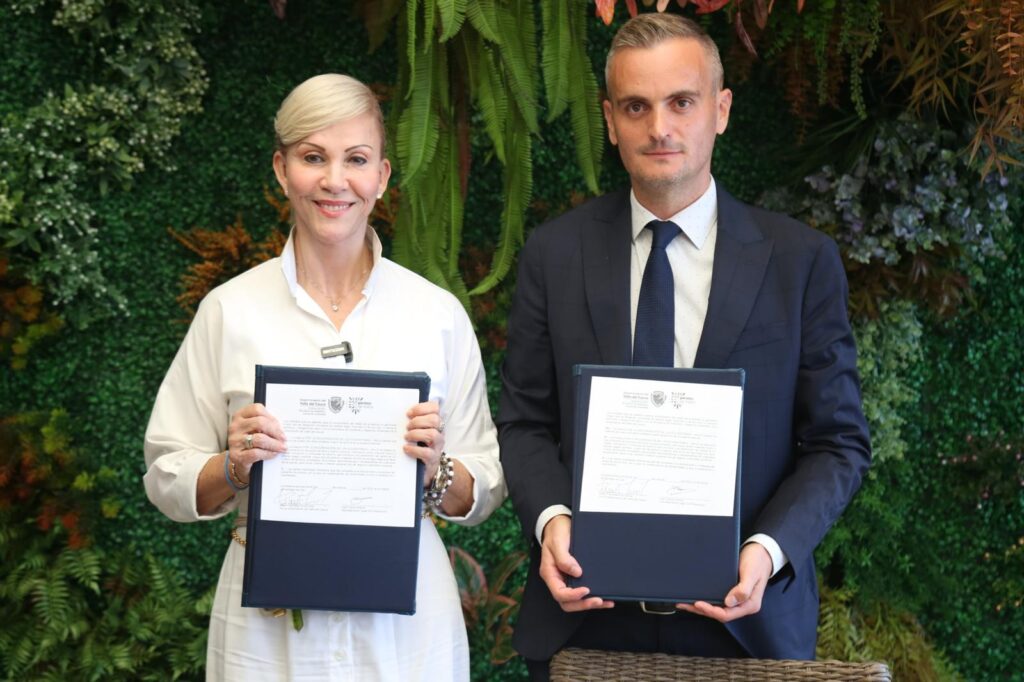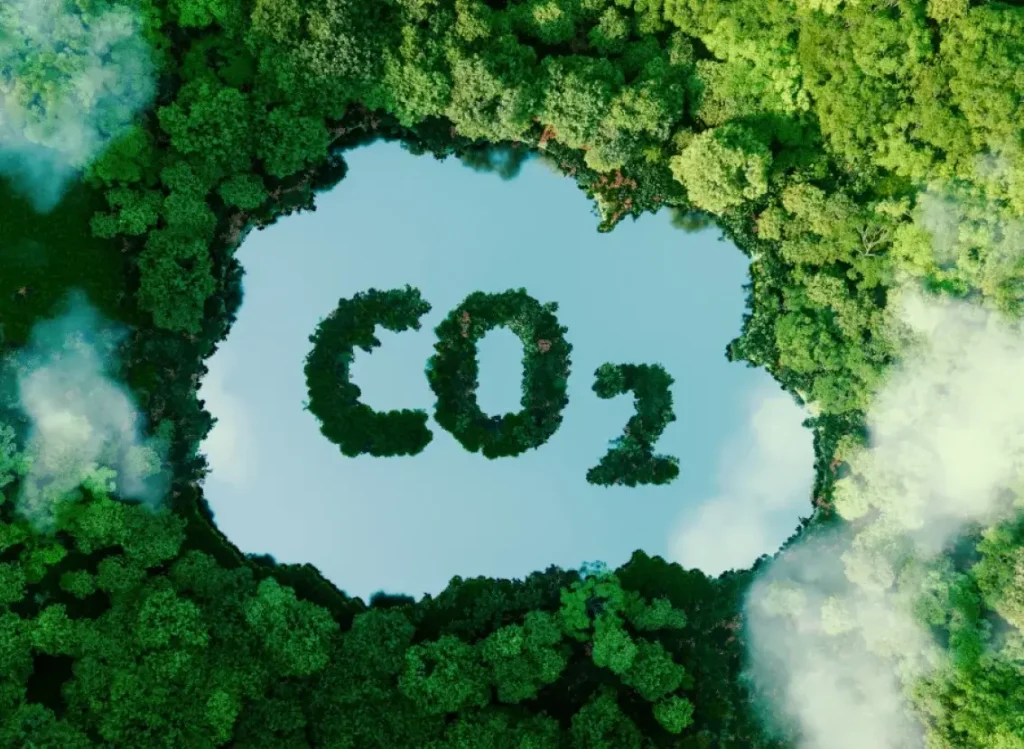According to a study by the World Wildlife Fund (“WWF”), the area affected by fires has decreased by 21% compared to the last ten years. However, 2022 was one of the years with the highest number of hectares burned, more than 310,000 ha, 40% more than in Europe. This shows that, despite the reduction in the number of fires, they are becoming more aggressive and larger in size. As a result, large forest fires (GIF), i.e. those burning more than 500 hectares, have increased.
During the first half of 2023 there have been nearly 5,000 fires. According to the latest data from EFFIS, so far this year fire has already burned almost 70,000 hectares of land in Spain. In May 2023, three times as many hectares have burned as in the same period in 2022. This could make 2023 the year in which the largest area has burned in the last decade.

Hectares burned by forest fires from January to May 31 of each year. Source:Epdata.
What factors cause a fire?
Human activity is one of the main reasons for the generation of forest fires. Sixty percent of these fires are caused by intentional fires and 20% by negligence and carelessness. The remaining percentage is attributed to natural causes, among which the threat of high temperatures and drought due to heat waves stand out.
These conditions, coupled with increasing rural depopulation, lead to the abandonment of agricultural techniques and to a dry vegetation cover. As a result, the risk of fires increases throughout the year.
Fire management measures
Among the measures that the Ministry for Ecological Transition and Demographic Challenge (MITECO) proposes as a guide to implement a strategy to defend the occurrence of fires are:
- Manage the rural territory to increase its resistance and resilience to forest fires, integrating prevention, extinction and rural development.
- Establish lines of action that contribute to avoid or minimize negative effects. For example, reinforcing civil protection and preventive and dissuasive surveillance or increasing the prosecution of crime for punishment and persuasion.
- Involve the different sectoral policies (territorial, agricultural, industrial and energy, environmental, educational, judicial, urban planning and emergency management policies) in forest fire risk management.
- Adapt fire defense systems to new scenarios and reinforce cooperation between them.
- To deepen knowledge on forest fires and the influence of fire on ecosystems.
- Promote the participation and awareness of society in the management of forest fires.
- Incorporate technological improvements in forest fire prevention and extinction.
In order to recover the soil after a forest fire, the land must be assessed and undergo a recovery period. In this process, soil restoration actions must be carried out by specialized technical personnel. If you want to carry out a soil conservation work and enrich it for later reforestation you can contact us here.


